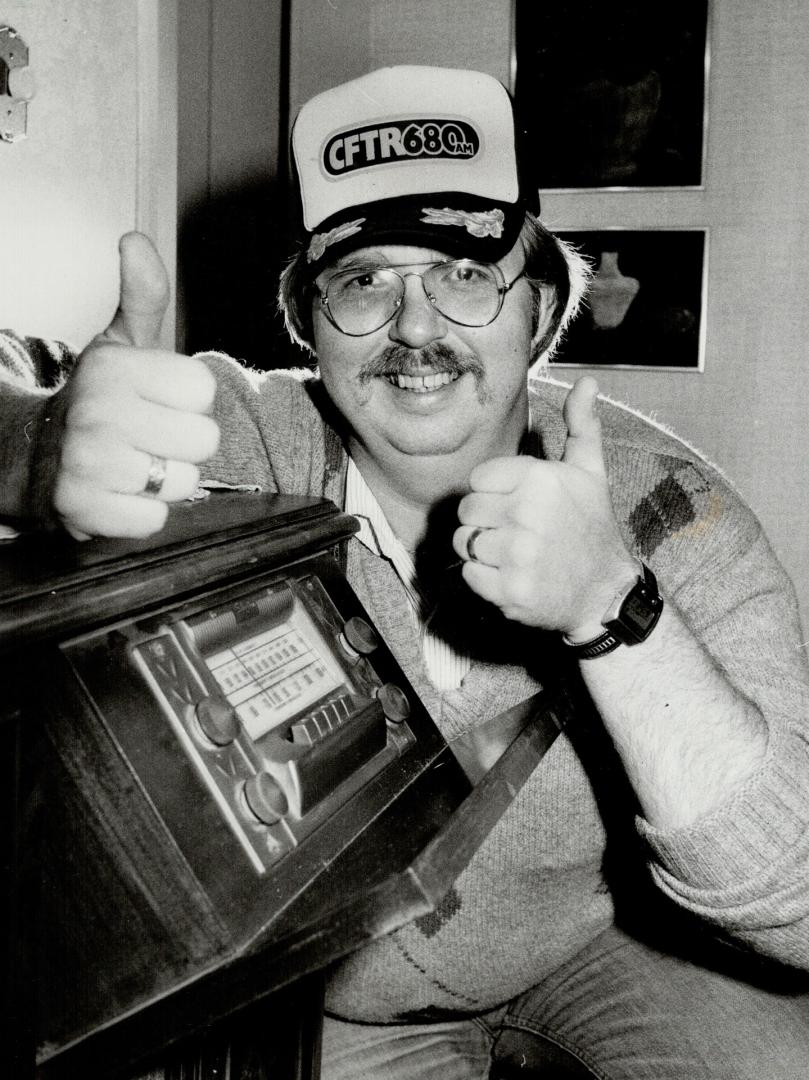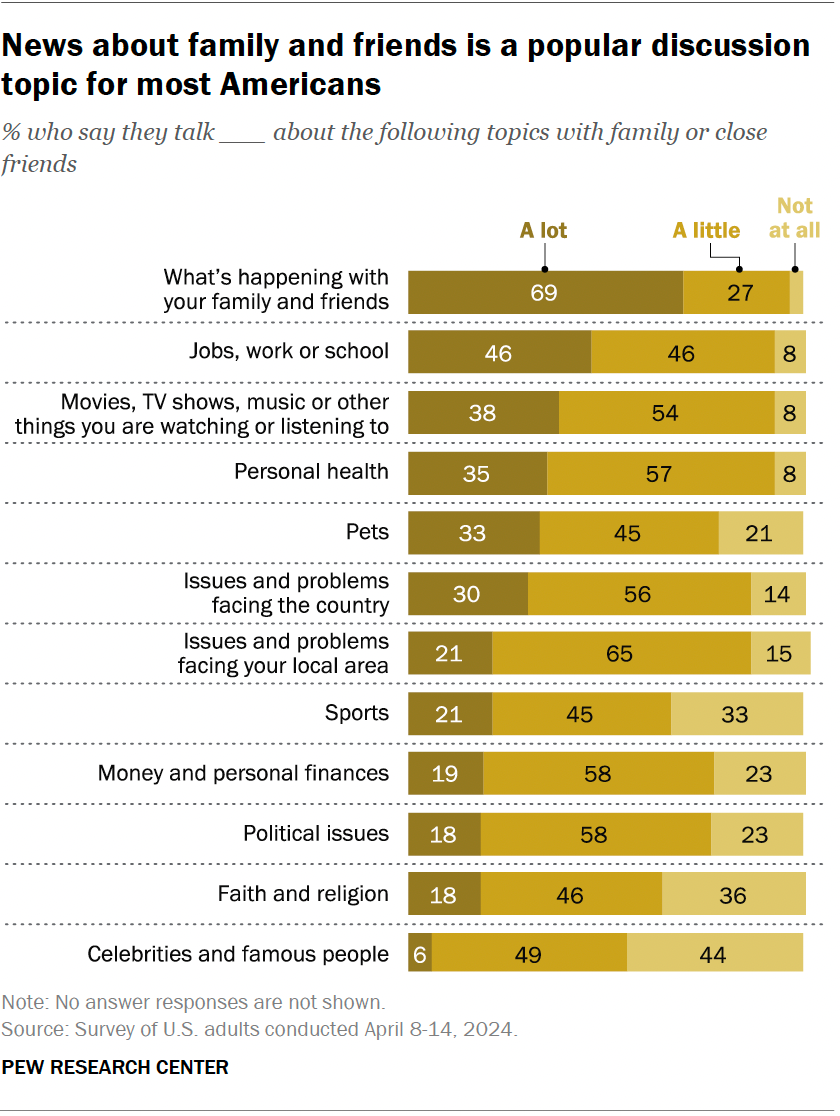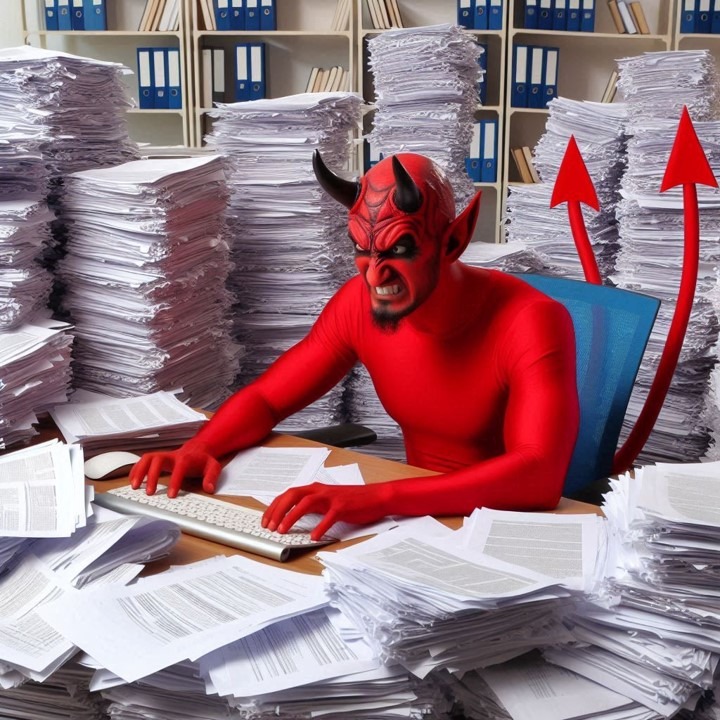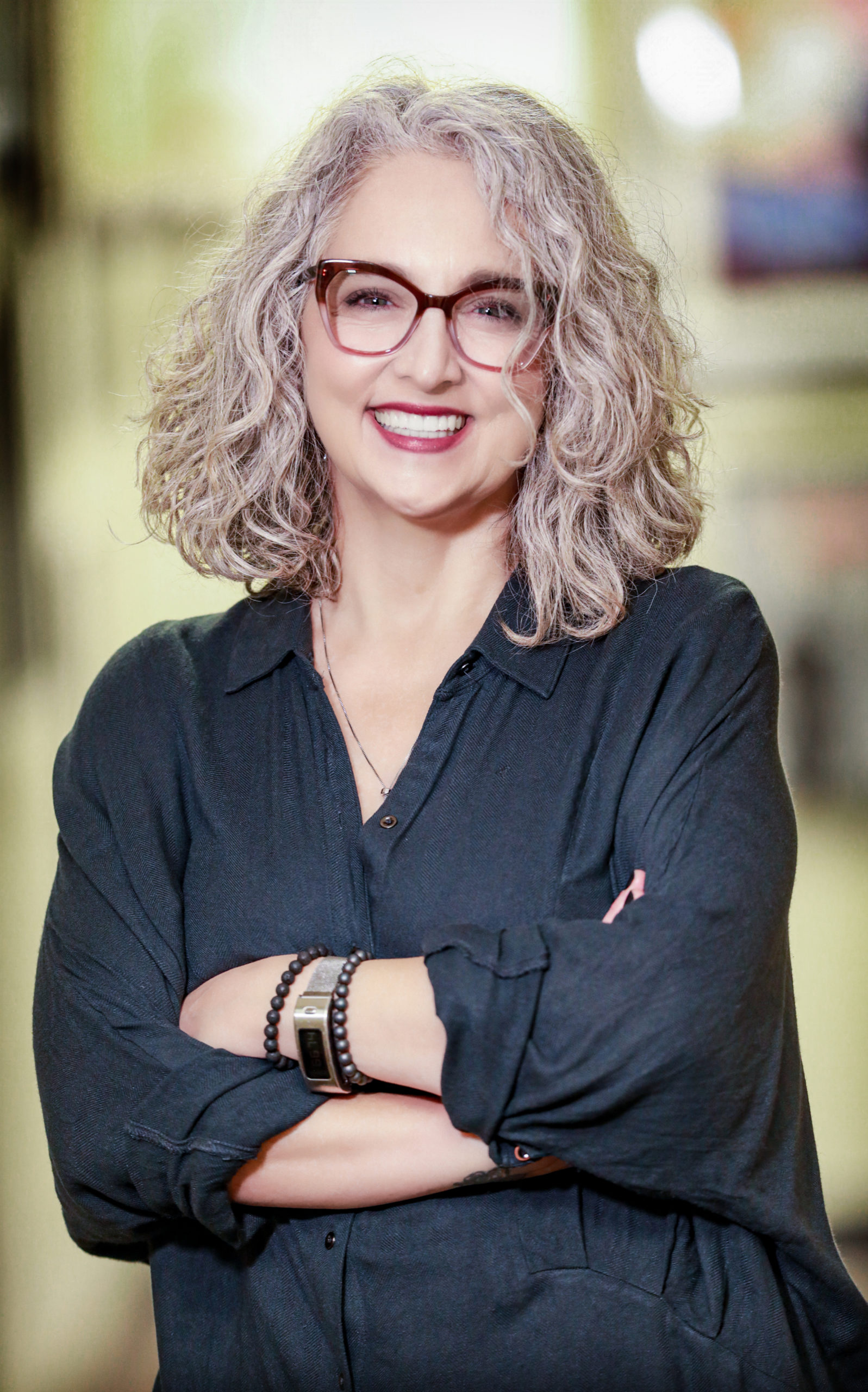
In the ’80s, radio’s morning shows reached a whole new level of importance. While some stations were “one man bands” in the morning featuring a host and service elements, like traffic, weather, and sports, the trend shifted to ensemble casts. In most music formats, morning shows added more characters and “specialists” to the lineup – comedians, local athletes, and cast members who bring something special to their shows.
And the quest? Water cooler talk.
The idea was to do shows that people would be talking about when they got to work, standing around the water cooler (or coffee maker), and schmoozing with their fellow employees.
More and more, personality shows relied on “benchmark bits” to create habit-forming listening, hoping listeners would keep coming back at the same time every day to hear the bit. Larry Lujack made “Animal Stories” one of those bits on WLS-AM, a wildly popular feature the station even produced TV commercials for.

I was fortunate to work with CFTR in Toronto during the high-flying ’80s when an AM Top 40 station could still dominate if it was compelling enough and had a killer morning show. Back then, their morning monster was the late Tom Rivers (pictured) and his big bit was “The Call of the Day.”
I conducted scores of focus groups for ‘TR” (named after its founder Ted Rogers), and it was uncanny how enthusiastic audiences buzzed about Rivers’ great prank calls on unsuspecting listeners.
He was a master at stringing his “victims” along, often taking them to the point of frustration and even desperation until he popped the “reveal” – the person behind the scam and of course, mentioning his own name and the entire humiliating experience was airing on the most popular radio station in Toronto.
But it all started with Rivers’ uncanny ability to zero in on situations that were universally relatable – that Joe and Josephine Sixpack would instantly be able to relate to. Aside from Rivers’ uncanny execution, the universality of his situations made “Call of the Day” a 12+ homerun.
Of course, there’s research for that. And it’s surprising that while many morning shows rely on their gut instincts to intuit what situations will be the funniest, a little data can reinforce what may seem like the obvious.
That’s what the Pew Research Center does on a regular basis with their American Trends Panel consisting of more than 8,000 rotating respondents that represent the population in this 18+ survey of adults in America. This particular “wave” of interviews was done in early-mid April.
And it was all geared to what people talk about. And it turns out, across the entire sample, they gab most about each other – as Pew puts it, “what’s happening with your family friends.” Nearly seven in ten (69%) talk about that popular topic a lot.

And it turns out, political persuasion has little to do with people chatting away about the happenings among their friends and relatives. Republicans and Democrats are just about as likely to not talk about the goings-on related to the dramas of Trump, Biden, and controversial political issues. (Can you blame them?)
Most personality shows on music stations don’t go there – for obvious reasons. But a popular on-air topic is pop culture – or as Pew describes it, “Movies, TV shows, music, or other things you are watching or listening to.” Overall, nearly four in ten (38%) hit that topic with great frequency.
But as is often the case, the devil is in the demographics. While media use is a hot topic among the under 50 set, those on the other side of the Big 5-0 are far less likely chatting about what’s on Netflix or the music they’re listening to.
they’re listening to.
But the opposite side of that coin is “celebrities and famous people” where a paltry 6% of the entire sample fritters away their time talking about the rich and famous. Pew doesn’t give us rich demographics for what many morning shows feature as “Hollywood Trash,” but it is likely to not be a winner anywhere.
Of course, there are Venus and Mars demo splits, as men would rather chat about sports while women are more comfortable chatting about their pets.
Gathering this level of information for your radio station’s audience is relatively easy to capture if your station as invested in “digitizing your audience.” In other words, a station database can be a great, timely, and inexpensive way to keeping tabs on your core listeners, the ones who fill out diaries and carry meters. In fact, Pew even gives you the wording and structure of the question that drove this particular subset of research.
Data shouldn’t drive your morning show’s topics of conversation. Your talent’s instincts are hopefully pretty accurate if they’re regularly connecting with their fans. But research can confirm suspicions, while opening up other avenues for bits, topics, and material.
Speaking of which, it will be interesting to see how talent actually factors some of this audience-level info into the ideas they use to compete at Morning Show Boot Camp’s signature session, “Battle of the Bits.”

If you’ve never seen this live brainstorm jam session where scores of personality shows go at each other to win prizes and cred in this highly competitive peer group, you should attend. There’s even a $1,00 grand prize (thanks to the complete sheet) and two $500 prizes up for grabs for the winning bits.
There’s no question that humor goes a long way in determining whether most bits end up working, but it helps to start with a highly relatable premise. Perhaps only one listener is actually on the air during a bit, but thousands of others are stuck in traffic or already at work vicariously playing along.

As any star of the radio airwaves will tell you, connecting viscerally with your audience is a huge key. And to that end, I’m linking one of our most popular blog posts ever from Sheri Lynch, Sheri Lynch’s “The Top 5 Radio Topics That Get The Phones Ringing.” It was written years ago, but continues to rack up views. You’ll see how accurate Sheri’s gut is and why the Bob & Sheri Show has had success for decades.
So the goal is “water cooler talk” at a time when many companies – especially in America’s largest markets – where WFH remains a common practice. Great jokes, punchlines, and bits just don’t travel as well on Zoom or Teams.
But they’re still what personality shows will continue to chase.
For info on attending Morning Show Boot Camp, August 8-10 in San Diego, go here.
If you’re on the air in commercial radio in the U.S., I need your opinion for AQ6, the only research study that is made up 100% by talent. It’s in the field now. Take the confidential survey today here.
- A 2020 Lesson?It Could All Be Gone In A Flash - April 24, 2025
- How AI Can Give Radio Personalities More…PERSONALITY - April 23, 2025
- Can Radio Afford To Miss The Short Videos Boat? - April 22, 2025




When I was allowed to do my thing on-air on “KXXX”-FM SF (long ago), every hour of my show included a helpful, info + humor & local angle (if possible) bit. Also in the hour, was as 1-2 relevant, music/artist tie-in per shift, if possible. It took me about 4 hrs. to pre-script my show everyday. I also copied the log for my next shift and used the walk-ups to time my bits as much as possible.
While others regurgitated local info straight out of the local A&E, “pink section” of the SF Chron. I’m just saying bc I’m sure my salary was a lot less.
Yeah, while I won’t reveal my exact source of the relatable, useful tid-bits, I will say it was a subscription-only, quasi-business publication not available on newsstands.
And I had the most fun during this time.
BTW, you can use this real life insight as long as you credit, ‘”The talented, Bobbie West” (Robin Solís)’. Please copy me your use too, for my memior. 💖Thank you!
Robin, great radio is rarely an accident. It is usually the result of lots of prep and hard work. To the naked ear, it may sound very simple, but the reality is that it is most often the product of much mental “elbow grease.” Thtanks for sharing.